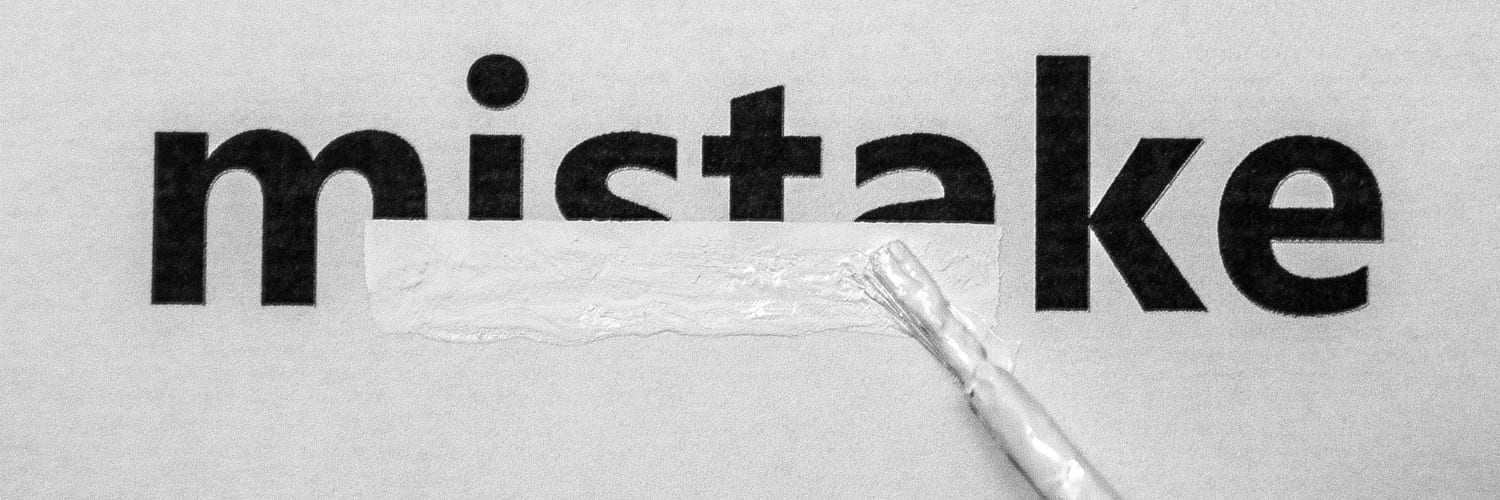This is the second blog post I am writing about ‘fake news.’ In my first post—I published and reviewed our policies and procedures. Now, I want to take a step back to share my views about the risks of over-correcting for ‘fake news’ and the threat it poses for the open web.
We recommend to a billion people every month, enabling people to discover new content, ideas, products, and as part of that, we need to be vigilant about ‘fake news’ but not paralyzed by fear.
“Using ‘fake news’ as a weapon to automatically de-legitimize information without critically thinking about it, shuts down conversation rather than inspiring it.” – Adam Singolda
I may be a contrarian here, but I’ve become equally concerned that ‘fake news’ is being used reflexively and without enough thought. This is not to deny the ugly reality of ‘fake news.’ I have been clear about the line which separates what will be rejected from Taboola and what is accepted.
The challenge, though, isn’t necessarily the worst offenders. That’s ‘easy.’ The challenge is in the gray, and that’s where it gets complicated. There’s a fine line between using the term ‘fake news’ as a sweeping indictment to discount legitimate or even satirical content, and using it to rightfully reject misinformation that intends to deceive or to drive certain agendas—political or even worse—medical.
Below is the now-famous, post-election-day tweet that accelerated the ‘fake news’ debate. That was six days after then president-elect Trump used the phrase in a tweet:
We had a great News Conference at Trump Tower today. A couple of FAKE NEWS organizations were there but the people truly get what’s going on
— Donald J. Trump (@realDonaldTrump) January 12, 2017
This tweet is well-known and represents the escalation of the ‘fake news’ phenomenon. We need to be equally careful of creating a world where satire and opinion are disregarded, especially if they don’t meet someone’s agenda or originate from an unknown source—‘fake news shaming.’ Frankly, I’m not sure who is more dangerous; the person writing an article disclosed as satire—or the person (easily) labeling that writer’s work as ‘fake news.’
Using ‘fake news’ as a weapon to automatically de-legitimize information without critically thinking about it, shuts down conversation rather than inspiring it. It enables conspiracy theories and a confirmation bias and doesn’t encourage us to really understand and enjoy what is put forward by bloggers, amateur writers, or professional journalistic organizations.
A ‘fake news’ over-correction can be riskier than the existence of ‘fake news’ in of itself.
I want to share a story. A few weeks back, a reporter called me and said that Taboola and Google were monetizing four ‘fake news’ websites. The reporter did a thorough job researching a long list that included some truly problematic sites. In that list, he said there were four sites that promoted ‘fake news’ using Taboola. My initial reaction was to thank him for letting me know, as we obviously care about this, and we have devoted significant resources to battling ‘fake news,’ including our team of full-time employees whose sole job is categorization and review of content.
As we went together through the four sites that he had called out, I asked him as to why he categorized these sites as ‘fake’ since they clearly disclose that they are satire and meant to entertain, whereas the main goal of ‘fake news’ is to hurt people, politically, medically, and for other reasons. He said he didn’t know them, and that they are sharing non-factual content. When I asked him if he thought The Onion was also fake, he said no, ‘because everybody knows The Onion.’
For whatever it’s worth, we really appreciate our communication with reporters and publishers, and we learn from them a lot. But the satirical sites did have a disclaimer and they were not in violation of our policy, so we had no reason to yank them from our network. Their ‘sin’ was that they weren’t famous enough. In many ways, these sites are the equivalent of the people that stand on benches in Washington Square and tell jokes. Nobody knows them, sometimes they tell weird jokes too, but they’re artists in their own way. We allow it—heck, we enjoy it.
“This exclusive future of ‘only the known and agreed-upon-quality-brands get to stick around,’ quite frankly, sucks.” – Adam Singolda
Imagine living in a world with a web where unless you’re well-known, you’re ‘fake.’ Unless you are dressed properly, you can’t get in. Unless your language is not perfect, you’re not welcome. As a foreigner myself, who runs a company with people speaking more than 15 languages and that operates in 50 countries—a company of foreigners and many cultures (which I find amazing)—this exclusive future of ‘only the known and agreed-upon-quality-brands get to stick around,’ quite frankly, sucks.
This same topic was addressed at an event that I was fortunate to join a few weeks ago as part of the Arthur W. Page Society. There I spoke with Jessica Coen, Executive Editor at Mashable, and Jennifer Friedman Senior Director, Corporate Reputation at GE; former Deputy White House Press Secretary—moderated by Professor Ron Culp from DePaul University. We talked about the risk of naming people ‘fake,’ potentially by mistake, because the world doesn’t know them well enough, or they don’t meet our agendas (video embedded at the end of the post).
Two ways to deal with fake news.
While ‘fake news’ will never disappear completely, I am optimistic about the future of journalism and the open web. Here’s what can be done.
Top down. We can work to reduce the proliferation of ‘fake news’ and should draw our lines as organizations about what is tolerated and what isn’t, participate in conversations (not point fingers), ask hard questions, and add a human element alongside technology. Over time we’ll get better, but it will remain imperfect and messy, as democracy always is. Yesterday, Facebook announced a very important decision, “a line” they decided to draw. Their line will demote websites carrying low quality advertising. We announced a similar policy at Taboola a year ago, and I encourage you to read our advertising guidelines. This was not an easy process as it meant many potential advertisers were rejected from being recommended by Taboola, but I’m also very proud of that. Facebook joining a similar path is a good thing for our industry given their scale, and what it could mean for the right type of storytelling.
Empower consumers with knowledge. This way, they can identify ‘fake news’ when they see it. For example, would you ever order a sushi roll from a street cart outside? Or order sashimi on a flight? You’d probably think twice before you did, as fish is better eaten fresh. Let’s equip people around the world with the skills to identify the vast majority of fake sites by looking at its template, the URL formatting, logo borrowing, and more—just like they can identify the wrong place to eat sashimi. We can make spotting ‘fake news’ a new muscle memory.
Building relationships is the answer.
Everything looks the same on a social feed—and that makes it harder for consumers to act on the empowerment I describe. Youth in particular need to be taught “source awareness.” Stanford’s study, which shows that teens accept social media without considering its origins, is a powerful reminder of that necessity.
Let’s celebrate imaginative, creative, and even provocative content. Let’s not allow its authors to be caught up in the weaponization of ‘fake news.’
Surround ‘fake news’ with so much good and light, that it won’t matter anymore. There is a lot of good out there, and not everything is terrible, or fake. We need to empower organizations with tools and empower users with knowledge.
As I finished the first post, I knew I wanted to write a second post with this call to action: If you disagree with me, or think we can do better—please email me directly. I care, we care, and we intend to continue to invest in this. Email me at adam.singolda@taboola.com.

